4 Tips to Know When Selecting Traditional Japanese Sweets as a Souvenir - Discovering the Culture with "Wagashi" such as Matcha & Anko
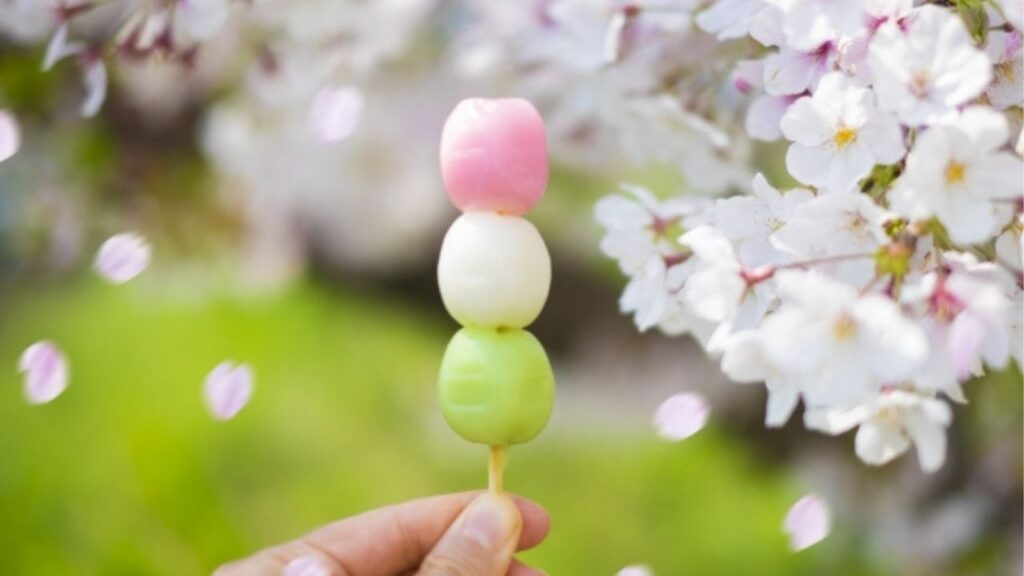
When exploring historic cities like Kyoto, Nara, Kanazawa, or Kamakura, you'll notice many tea houses and souvenir shops offering a delightful "Wagashi (traditional Japanese sweets)". Additionally, indulging in Wagashi crafted with local specialties enhances the experience, as each region takes pride in unique ingredients and atmospheres, offering distinct flavors and beauty.
This article introduces the appeal of wagashi as a souvenir, which foreign visitors to Japan have better to know.
Understanding Wagashi
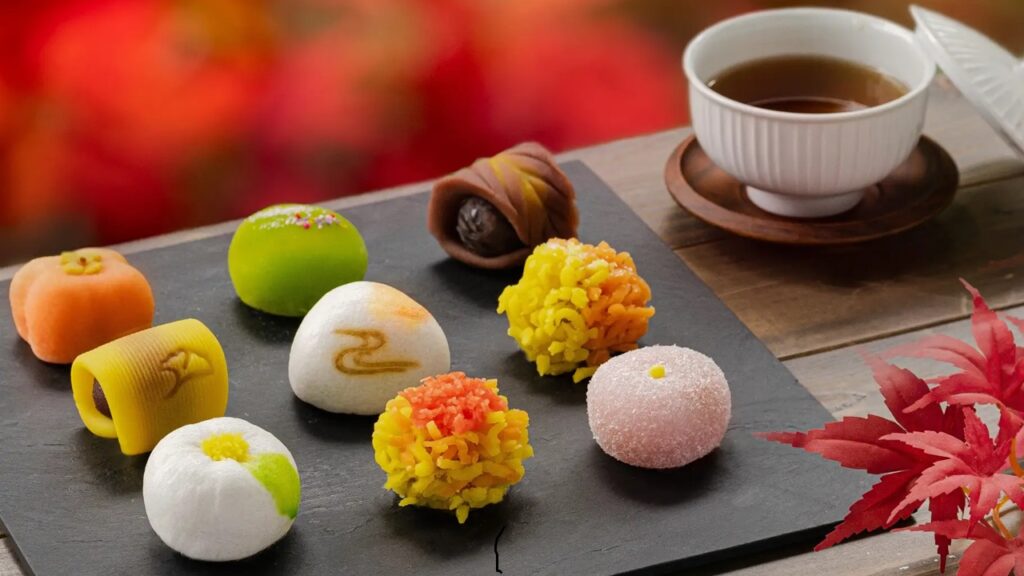
Wagashi (和菓子), a fusion of Japanese culture, art, and sweetness, is an integral part of the Japanese way of life. More than sweets, Wagashi embodies the essence of Japan's culinary traditions, capturing the spirit of each season in delicate, edible masterpieces.
What is Wagashi ?
"Wagashi (和菓子)" refers to traditional Japanese sweets. The term "和 (wa)" means "Japanese" or "Japanese-style," and "菓子 (kashi)" means "sweets."
Exploring the beauty and flavors of Wagashi while traveling in Japan provides a wonderful opportunity to savor the richness of Japanese culture.
Wagashi is Deeply Rooted in Japanese Life
Wagashi, traditional Japanese sweets, encapsulates the rich tapestry of Japan's culture and history. Originating in the Nara period (710–794 AD) and initially used as floral offerings during tea ceremonies at the imperial court and temples, Wagashi evolved during the Heian period (794–1185 AD) with unique shapes and flavors. Popularized among common people in the Edo period (1603–1868 AD), it led to the creation of diverse Wagashi enjoyed today, becoming an integral part of Japan's culinary heritage.
Today, Wagashi continues to be cherished as a representation of Japan's seasons, landscapes, and flavors. Experiencing Wagashi provides a delectable insight into the country's diverse culture and the subtleties of its delicate history.
Diverse Characteristics of Wagashi
Delicate, flavourful Wagashi made by craftsmen are a symbol of Wagashi culture. There are many different types of Wagashi, each with its own appeal.
Indispensable Ingredient for Making Wagashi
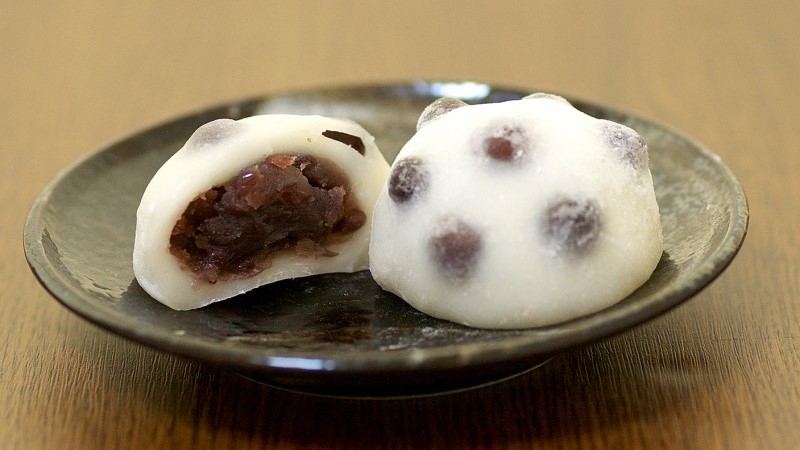
"Anko" (餡子) or sweet red bean paste is an indispensable component in crafting Wagashi. It is made by sweetening and simmering red azuki beans, resulting in a smooth paste. Anko adds rich sweetness to various wagashi such as "daifuku (大福)", "manju (饅頭)", and "yokan (羊羹)"
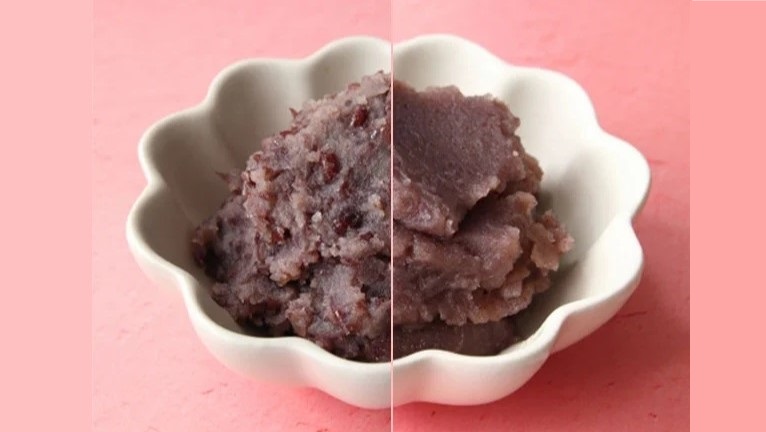
There are two main types of anko (red bean paste). Anko's diversity and significance make it an essential part of the varied tapestry of Wagashi.
- "Tsubuan (粒あん)," which retains the texture of the beans and is enjoyed in sweets like mochi and dango
- "Koshian (こしあん)," a smooth version commonly used in treats like "daifuku (大福)" and dorayaki.
Unique Textures such as Rice Cakes

"Mochi (餅)" , rice cakes, is characterised by its chewy texture. There are many variations of Wagashi using mochi with a chewy texture, such as "daifuku (大福)", "dango (団子)" and "anmitsu (あんみつ)", depending on the season and region. One bite of these sweets reveals a unique texture that evokes the traditions of Japan.
The Profound Aroma of Matcha
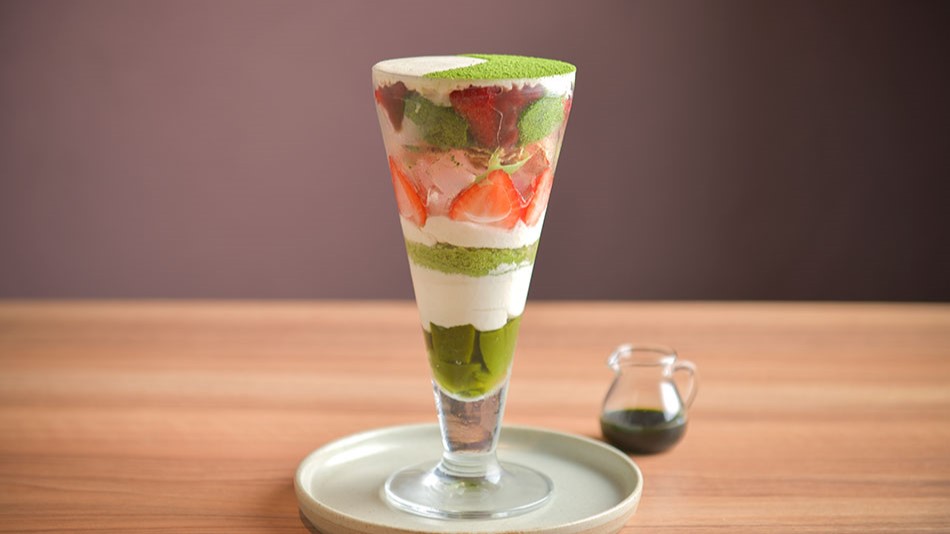
Wagashi made with matcha tea (抹茶/ Matcha) is known for its unique flavour and profound taste. Matcha rice cakes, "matcha yokan (抹茶羊羹)", "dorayaki (どら焼き)" and other sweets that make use of the essence of matcha make for a pleasant experience.
Taste Nature's Bounty
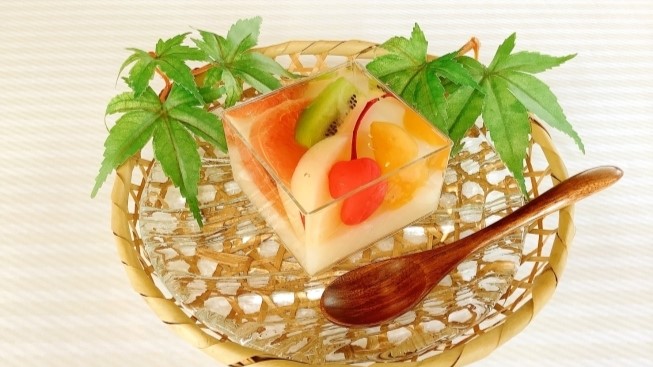
The beauty of four season is expressed by Wagashi craftsman in seasonal sweets. The richness of each season can be felt in spring with cherry blossoms, summer with chilled sweets, autumn with chestnuts and sweet potatoes, and winter with yuzu (Japanese citron).
Taste the Specialties of Different Regions
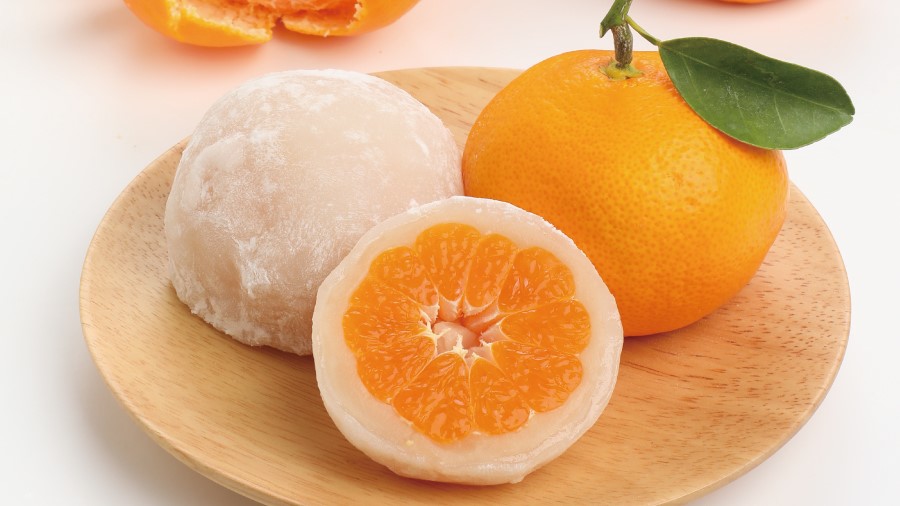
Wagashi varies from region to region, making use of local specialities or adding their own unique twist. One of the joys of Wagashi is that you can enjoy the unique flavours of the region.
Evolution of Wagashi
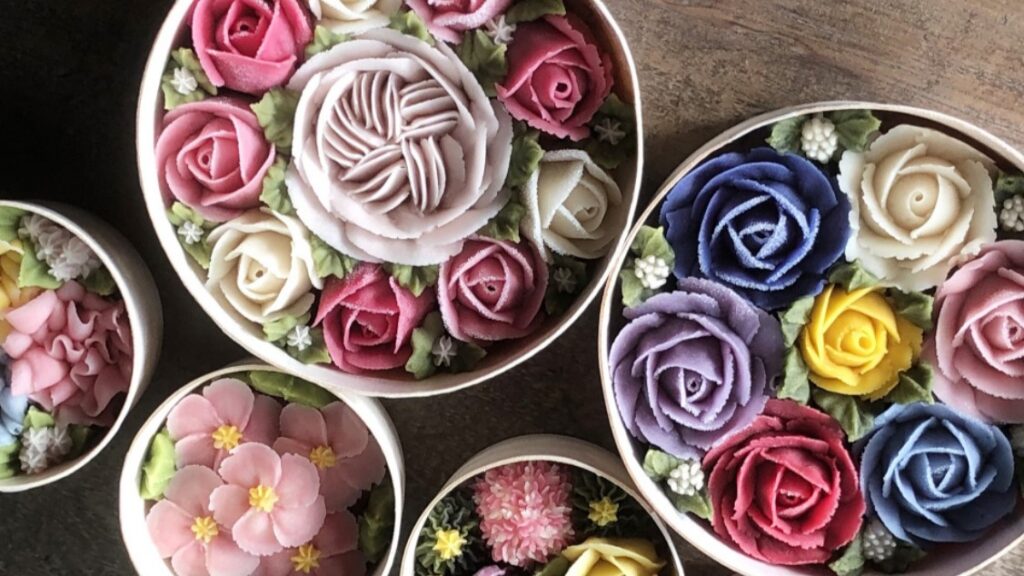
Wagashi has evolved over time, adapting to the changing demands of a new era. Modern Wagashi, while inheriting the traditional aesthetic sensibilities, ventures into new realms of artistry.
Traditional Wagashi is widely cherished for its beautiful designs and delicate flavors. In contrast, Modern Wagashi showcases abstract shapes, vibrant colors, and innovative arrangements. For example, traditional 'Higashi (dried confectionery)' made from refined Japanese sugar is transformed into modern wagashi with delicate bouquet-like designs.
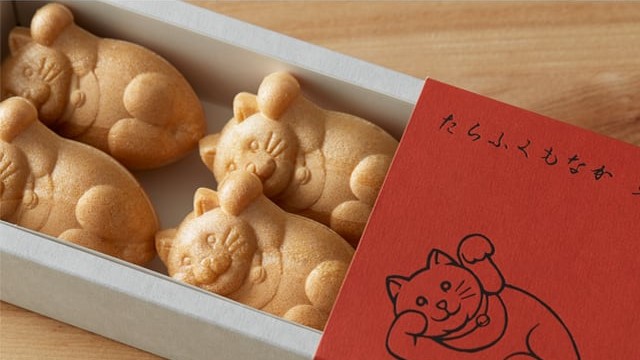
You can also encounter cute "monaka" Wagashi in the shape of "manekineko ( Japanese lucky cat )". The lucky cat is a common figurine in Japan and is believed to bring good luck to its owner. "Monaka" is a Wagashi made from "anko (red bean paste)".
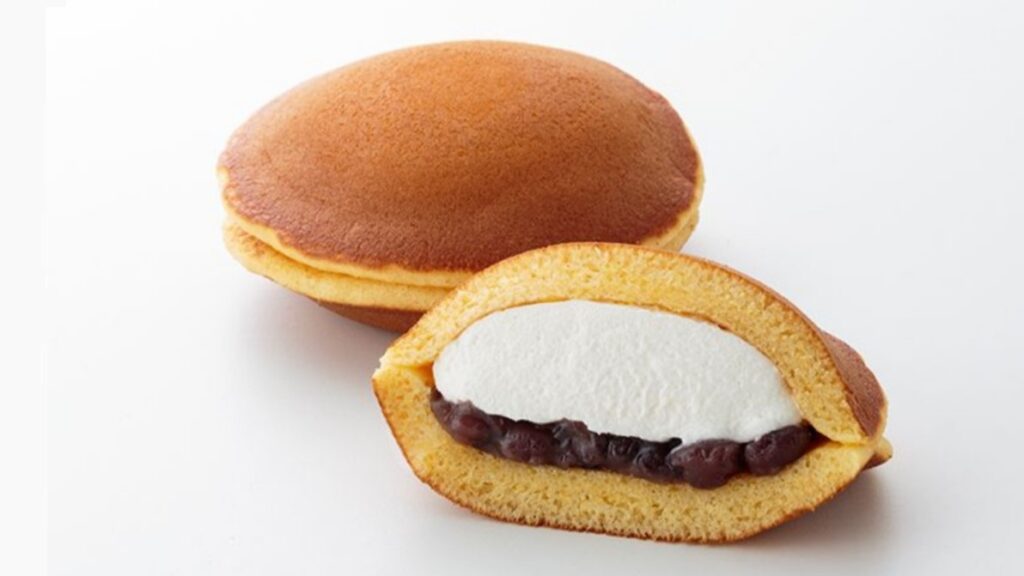
Moreover, Modern Wagashi introduces distinct flavor profiles. Combining traditional elements like matcha and anko with fruits, chocolates, cream or spices, it offers unique and avant-garde tastes. The textures are also diverse, ranging from crispy elements to smooth textures.
Traditional Wagashi often revolves around seasonal and cultural concepts deeply rooted in Japan. In addition, Modern Wagashi captivates consumers with its individualistic concepts.
In this way, Modern Wagashi values tradition while meeting the expectations of a new era, propelling the Wagashi culture to new heights.
Where to Buy Wagashi
In major Japanese cities such as Tokyo, Osaka, Fukuoka, Nagoya, and Sapporo, there are vast food markets on the basement floors of big department stores, lined with Wagashi shops. Even those unfamiliar with traditional Wagashi can enjoy the visual pleasures of buying it.
The food market in the basement of the department store houses a wide range of brands, from traditional to modern sweets. Each shop demonstrates its unique craftsmanship.
What is Mt. Fuj ?
Mt. Fuji is the highest mountain in Japan at 3,776 meters above sea level, and was registered as a World Heritage site in June 2013.
Japanese high-performance home appliances are known for their innovative technology and convenience.

We will find out if the appliances are usable
Japanese high-performance home appliances are known for their innovative technology and convenience.

We will find out if the appliances are usable
Japanese high-performance home appliances are known for their innovative technology and convenience.
↓↓↓スペーサー

We will find out if the appliances are usable


